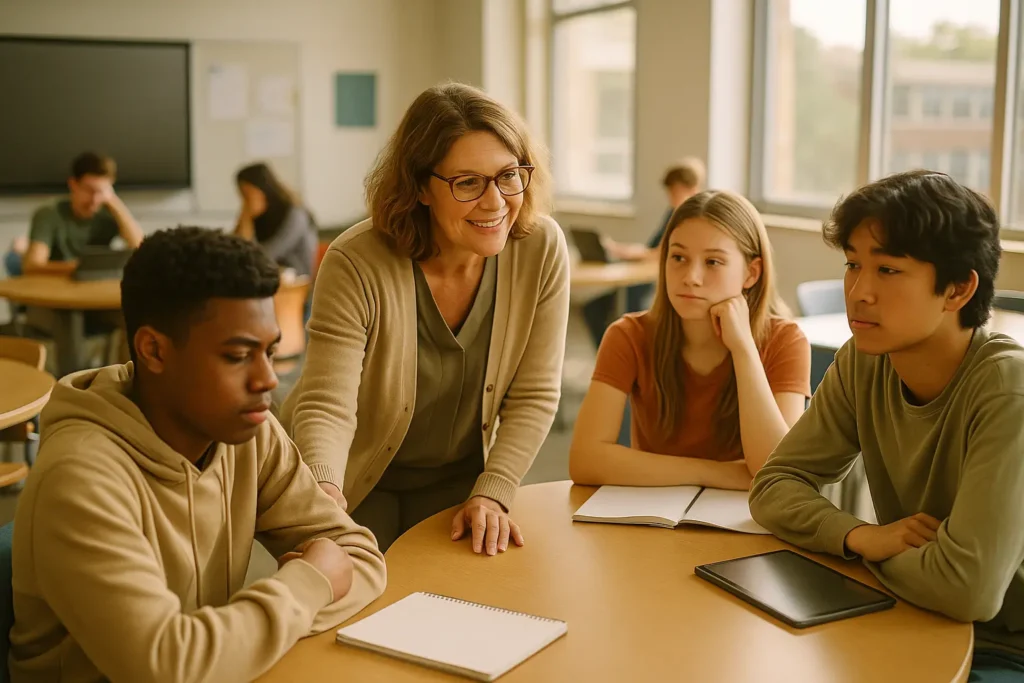
Student disengagement starts with a glance away, a slumped posture, or the dreaded blank stare.
You’re delivering your lesson, but most students are somewhere else, not physically but mentally. The energy shifts, engagement dips, and the class sessions rhythm falter slowly.
For many teachers, this is an all-too-familiar scene. But behind every disengaged student is a story. Sometimes, it’s personal struggles, curriculum, or disconnect in delivering learning.
In this article, we explore what causes student disengagement and strategies to engage students through meaningful relationships, relevant content, and smart use of technology.
Key Takeaways
- Educators can create an inclusive & engaging classroom if they understand the root causes of disengagement. Understanding the root causes of student disengagement, including personal and socio-economic factors, is essential for educators to create a more inclusive and engaging classroom environment.
- Identifying early signs of disengagement allows teachers to implement engagement strategies in education and improve learning outcomes.
- Employing varied teaching methods, building personal relationships, and providing meaningful feedback are effective student motivation strategies to improve engagement in the classroom.
Understanding Student Disengagement
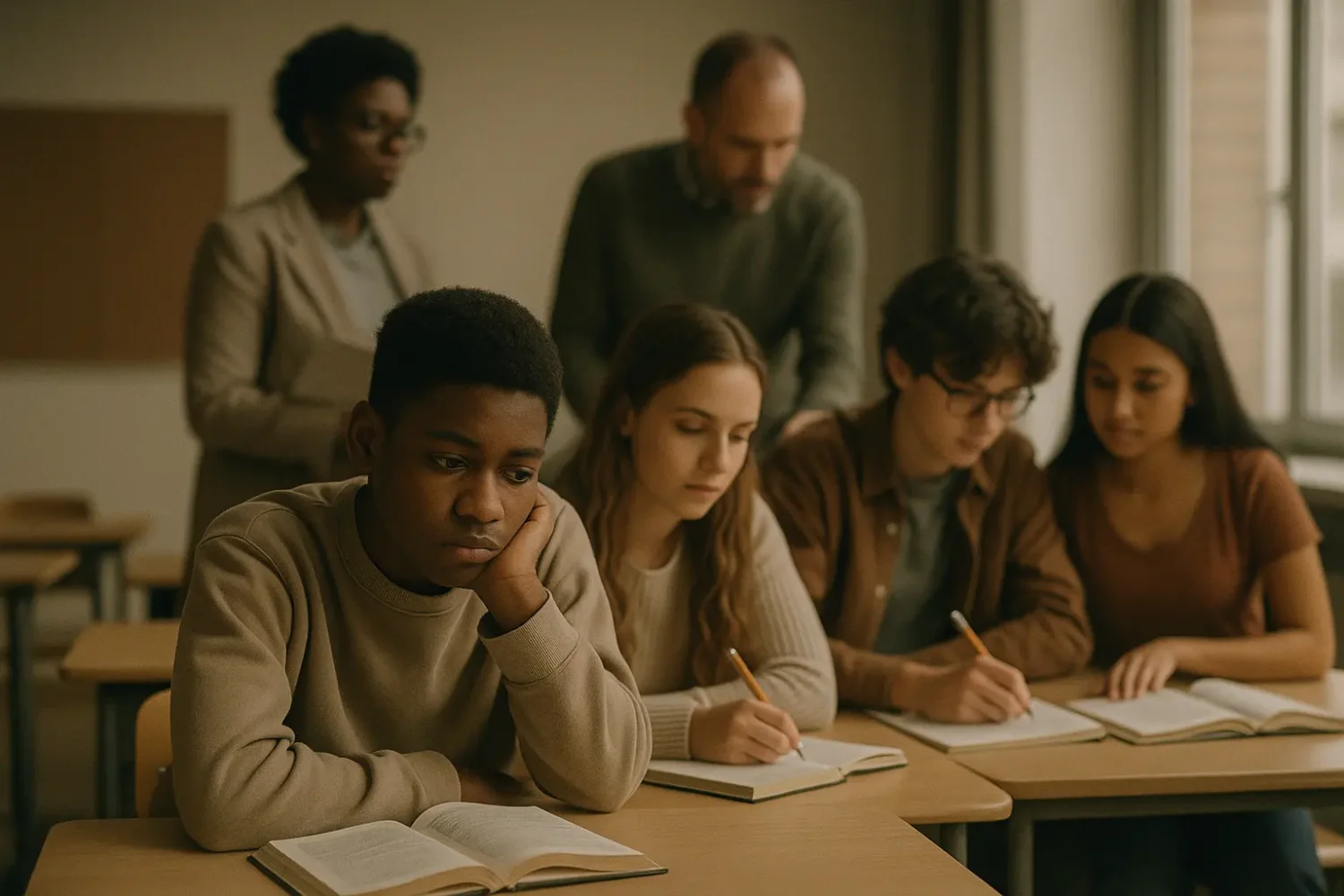
Student disengagement is a significant challenge that educators face, with some research describing up to 10% of students as disengaged. This low engagement amongst students is not just a minor issue. It can severely impact both the learning outcomes and the overall classroom dynamics. Disengagement can stem from different risk factors including;
- Personal issues
- Home life
- Socio-economic factors
- Cultural influences
- Health
- Trauma
- Relationships
For instance, a student who recently relocated due to family circumstances will experience disengagement. This is because the upheaval disrupted not only their home life but also their academic focus. Understanding these underlying causes helps in effectively addressing the problem.
One of the primary reasons students lack motivation is the absence of real-world applications in the curriculum. When students cannot see the relevance of their learning, their interest wanes. Moreover, feelings of hopelessness, trauma, and exhaustion can further contribute to this lack of motivation.
If a child’s disengagement persists, seeking professional help or assessment for potential learning difficulties might be necessary. Addressing these issues head-on creates a more inclusive and engaging learning environment.

Identifying Signs of Disengaged Students
Early recognition of disengagement signs enables you to take corrective actions to enhance student engagement. One clear indicator of student disengagement is a noticeable shift in behavior. As a teacher, you might observe that previously attentive students begin frequently checking their phones and avoiding eye contact. You might also notice once vocal students may become quieter. This subtle shift signifies deeper disengagement that needs a compassionate conversation.
Here are other signs to look out for
- Displaying inappropriate behavior
- Disruptions during class sessions
- Decline in energy levels
- Frequent late arrivals
- Turning in assignments late
- Skipping classes altogether
- Negative interactions with peers or signs of aggression
These behaviors impact the student’s academic performance and the overall classroom environment.
However, you can take proactive action by identifying these signs early. This allows you to implement engagement strategies in education and improve learning outcomes.
Strategies to Increase Student Engagement
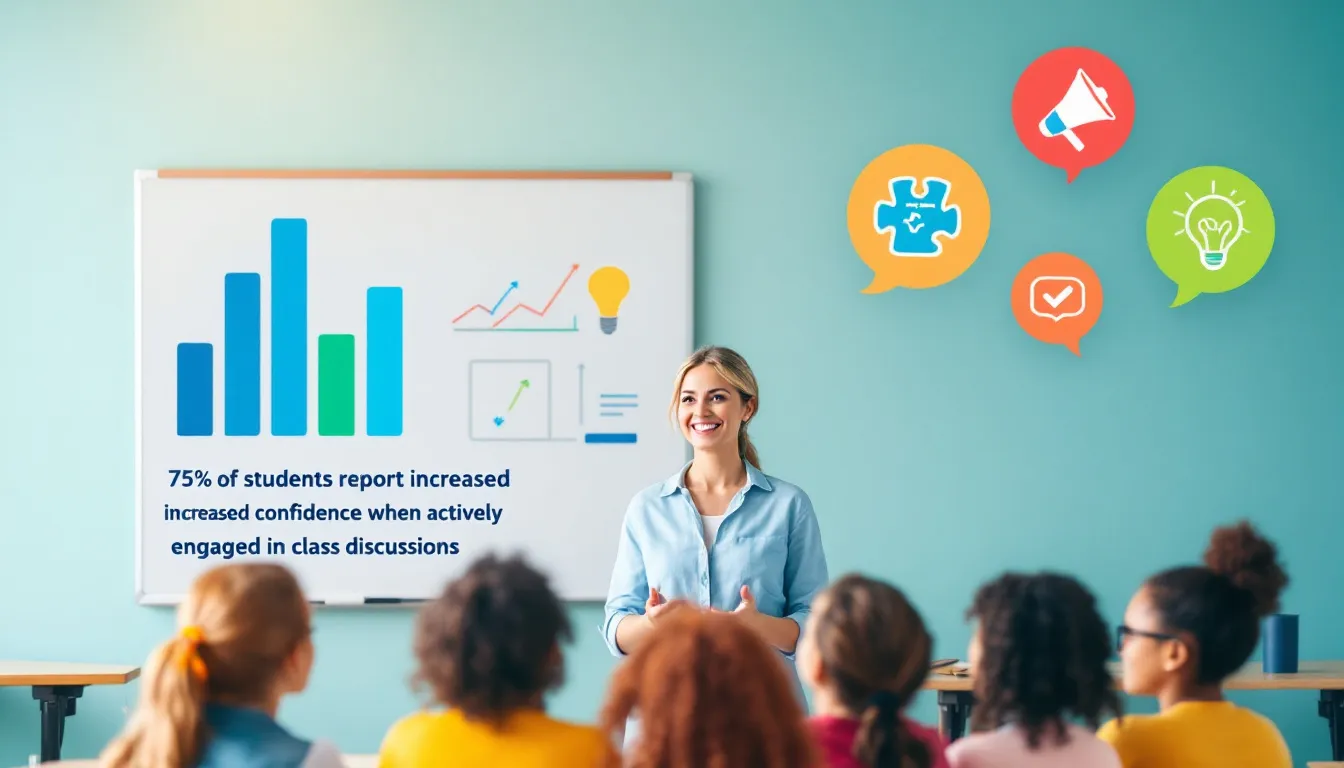
Boosting student engagement requires various methods. Each method caters to different learning styles and preferences. Here are some key strategies to reengage students:
- Establish strong connections with students to enhance their motivation and engagement in the classroom.
- Utilize diverse teaching methods to accommodate different learning styles.
- Encourage a supportive and inclusive classroom environment where students feel seen and valued.
As a high school teacher, you can start each class with a brief check-in. Ask students about their interests or weekend activities. This simple practice will encourage community and make students feel valued.
According to Dr. Ron Ritchhart, in his book Cultures of Thinking in Action, Students learn best when they are known, valued, and respected by both the adults in the school and their peers.
Students who feel seen and valued have learned to invest in their learning. This is because they feel invested in contributing to others' success.
Extrinsic rewards can be helpful for some students, but intrinsic motivation is generally more effective in fostering long-term engagement.
According to Rahi & Ghani, “The foundation of intrinsic motivation is self-driven decision-making, which entails actions motivated by an individual’s interests, satisfaction and enjoyment. In contrast, extrinsic motivation is influenced by external circumstances, such as threats, punishment and rewards.
In order to trigger this inner motivation, you need to include real-world projects or case studies in teaching plans. This approach helps students see the relevance of their education. Consequently, they feel more invested in-class activities, and you’d need less extrinsic motivation to engage them.
Additionally, creating and incentivizing anonymous end-of-semester surveys can provide valuable feedback. If you can understand why your students aren't engaged in the survey, creating a plan to improve it is easier.

Creating an Engaging Lesson Structure
An engaging lesson structure helps maintain student interest and motivation.
“As Rita Pearson said in a 2013 TED Talk, “Teaching and learning should bring joy.”
Creating an engaging lesson plan ensures that students enjoy the lessons.
Do you remember a science class where your teacher incorporated handson experiments alongside group discussions? How did it feel compared to the regular lesson approach? Fun right? You'd even notice students, who are typically reserved, become enthusiastic in such classes.
Usually, asking them to lead a small group experiment will excite them and unlock their confidence. These learning experiences are what you recall years later, not the size of the test tube or even the type of chemical used for the experiment.
Using a mix of teaching methods can keep students actively involved. For example, breaking kids into small groups can allow quieter students to discuss and participate more.
In contrast, an outdoor hands-on teaching style might help the more extroverted kids learn in an environment they find fun.
Here are some effective methods to consider:
- Informal writing activities
- Interactive demonstrations
- Multimedia presentations
- Hands-on projects
According to a review of different literature, combining teaching methods caters to different learning styles of students.
But that's not all. Encouraging student engagement goes beyond teaching methods. Other factors, like the physical arrangement of the classroom, also play a significant role. Rands and other researchers in their study also agreed that making the teaching environment active through redesign can promote activities and student engagement.
Typically, classroom arrangements promote visibility and interaction. Some styles, like circular or U-shaped seating, can increase students' engagement with the teacher and their peers. This setup encourages open communication and collaborative learning for effective classroom management.
Additionally, including models or examples of high-quality work helps students understand expectations and set personal learning goals related to problem-solving skills in high school.
When students have clear expectations and see tangible examples, they are more likely to feel motivated and committed to their schoolwork. This practice helps them understand problem-solving and improve their engagement.
Utilizing Technology in the Classroom
Incorporating technology into lessons can significantly enhance student engagement.
Today, schools are integrating several technological tools to improve engagement. This includes learning management systems, interactive whiteboards, virtual reality-based applications, and artificial intelligence-based applications.
According to Kimura et al., educational institutes use these applications to enhance student engagement.
Using these technology-facilitated personalized learning experiences, you can create an engaging learning experience for your students. This approach allows them to learn at their own pace and style, which increases their motivation to study. This approach can be particularly beneficial for students struggling with traditional teaching methods.
For example, as a middle school, introducing a gamified maths app that turns problem-solving into a friendly competition can make a huge difference. Why? It allows students who previously struggled with maths to begin participating eagerly. Kids like fun activities, and the possibility of getting a reward or competing motivates them.
Moreover, interactive tools, such as educational apps and online courses, provide diverse engagement modalities for different learning styles. These tools can make learning more interactive and fun, thus increasing student motivation. Another example is using interactive simulations and virtual reality in teaching. This can offer immersive learning experiences that captivate students and make complex concepts easier to understand.

Building Personal Relationships with Students
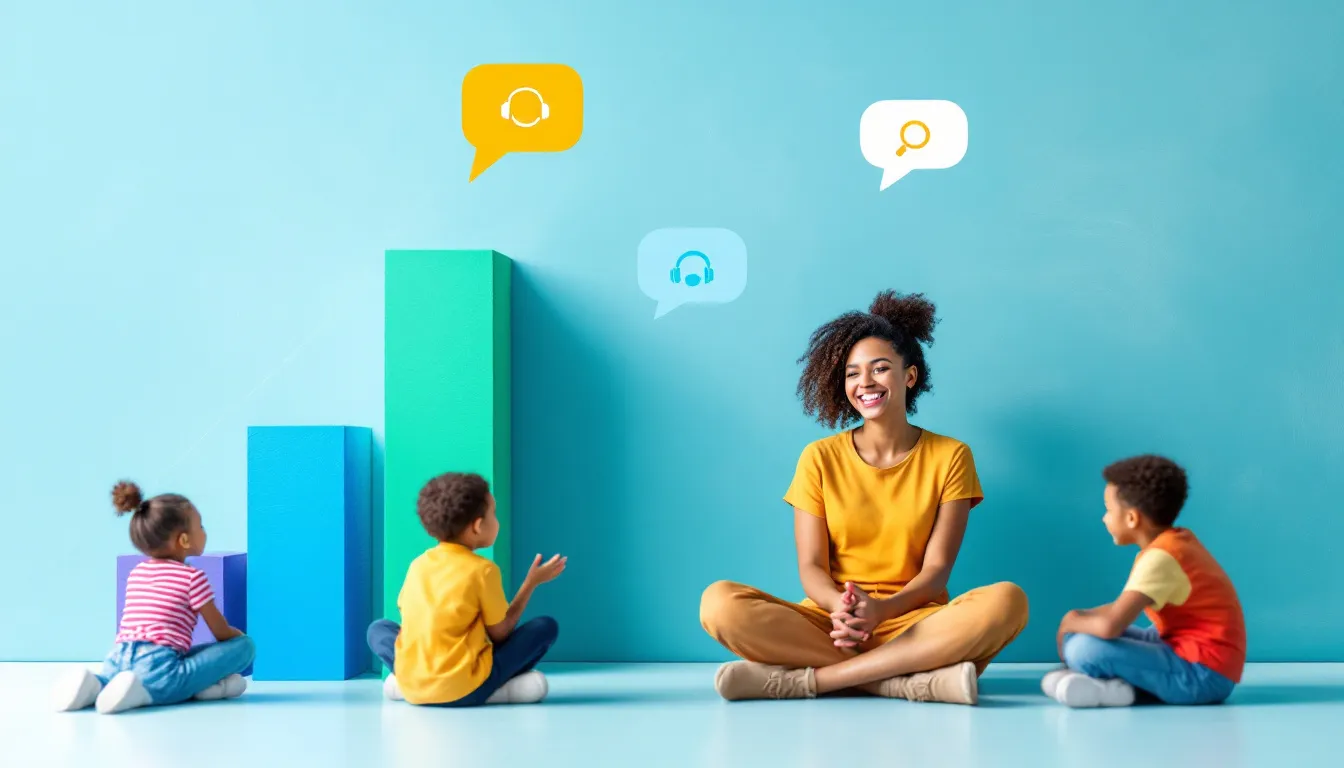
Building personal relationships with students is a powerful way to boost engagement. When students feel emotionally safe and connected to their teachers, they are more likely to engage in classroom discussions.
One way you can improve your connection with students is by showing your true self.
For example, you can share your challenges with learning a new language with ESL students. This helps them feel seen and understood. Empathizing with them will encourage other students to share their experiences and strengthen mutual understanding.
Additionally, effective communication is another important way to build trust and mutual respect in teacher-student relationships. This trust can make students feel more invested in their learning, which results in students who are more willing to take risks and ask questions.
Lastly, your feedback should focus on the correct and incorrect aspects of a student’s work. Instead of emphasizing where they've failed, also praise their wins. Balancing feedback this way helps to encourage learning.
Addressing students’ fears of failure creates a safe environment that encourages engagement and academic success.
Encouraging Student Participation
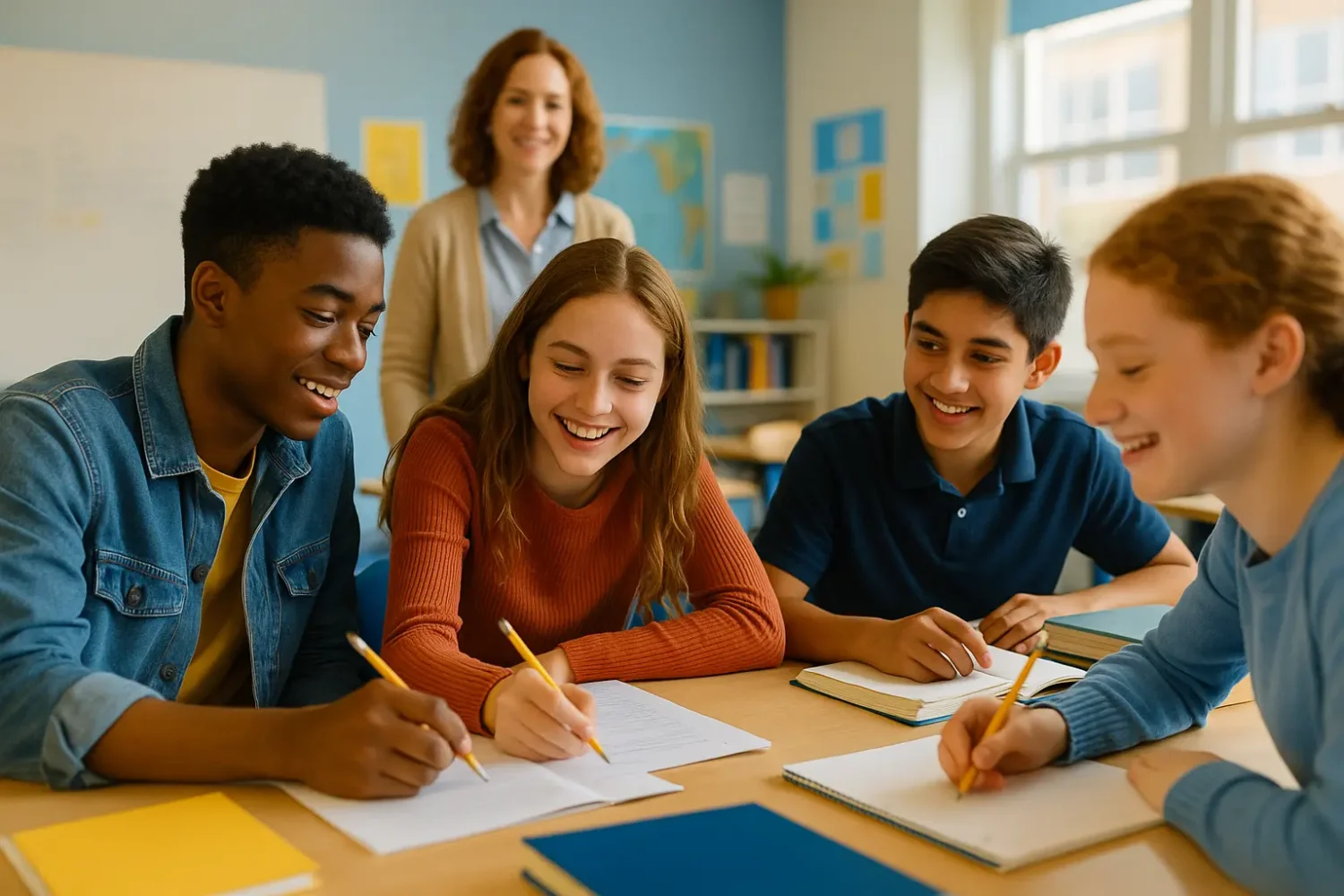
Collaborative learning techniques, such as peer teaching and cooperative learning activities, boost student interaction and engagement. These methods encourage students to learn from each other and work as a team.
You can achieve this by stating participation expectations on the first day. This approach helps students know what's expected of them and sets the pace for how they engage with their studies. For example, informing the students that they will lead a discussion at some point gives them clear expectations. It will also encourage them to prepare and engage more deeply with the material.
Another approach you can use to encourage participation is ownership. You can give students ownership by shifting some responsibility to them. For example, you can assign part of the process for developing a class practice guideline to them. You can also assign tasks like planning club activities, leading class projects, and others. This approach gives them responsibility and can increase their investment in class discussions. It also helps to make them feel more in control of their learning.
Other things you can do include
- Allowing students time to think before answering questions
- Redirecting questions and comments to other students
- Learning students’ names can also foster a sense of individual recognition.
Providing Meaningful Feedback
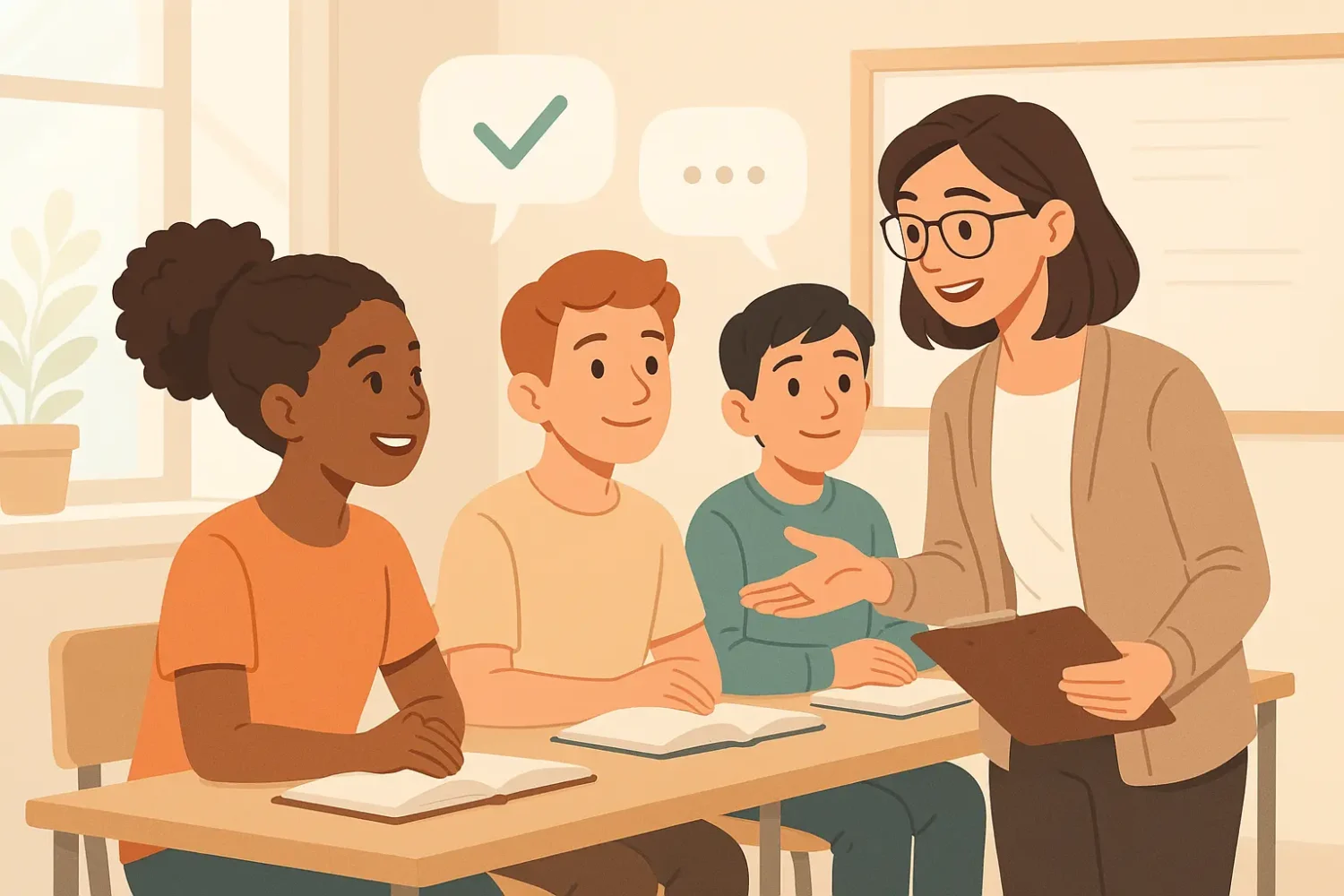
Timely and meaningful feedback is crucial for maintaining student engagement. In a study by Fisher, D. P. et al. (2025), the research shows that students expressed significantly lower motivation levels if the feedback took more than 10 days.
The results from this study show that timely feedback enhances student connection with learning experiences and makes the feedback more impactful. Effective feedback must consider the individual needs of diverse children to avoid discouragement. When you consider the needs of each student, you can tailor the feedback to their needs. This also enhances the content of the feedback, which 57% of students say is equally important.
Regular feedback should address four key questions about the student’s abilities and areas for improvement.
- What can the student do well?
- What are the student's areas for improvement?
- How does the student's work compare to others?
- How can the student improve their work?
Addressing these questions ensures you can assess and provide feedback on student participation throughout the academic session. It also helps you identify areas for improvement in engagement and make necessary adjustments.
For students, providing meaningful feedback helps them progress. It also provides them with a sense of direction and keeps students engaged..
Addressing External Stressors
External stressors can significantly affect student engagement and performance. This often includes economic risk factors, family issues, and mental health concerns. If these stressors aren't identified and addressed, it leads to a bigger problem.
For example, some students might be responsible for caring for their younger siblings after school. This stressor can affect their ability to work on assignments or other after-school activities. However, you can easily identify this gap as an observant teacher who communicates with the students. With this information, you can adjust assignment deadlines to allow them more time to complete it.
Other risk factors, like financial stress, can lead to poor attendance. Mental health issues can also hinder a student’s ability to concentrate and perform academically.
You should have a system in place through feedback and communication to recognize these issues. Furthermore, you can take necessary steps, such as varied teaching methods, using technology, and other steps to help the kids adjust.
Also, providing flexible deadlines can help students with mental health challenges submit work without added pressure. Implementing school-based mental health resources can provide resources essential for ensuring students receive the help they need.
Teachers can advocate for increased financial aid to help students focus on their education. Addressing these external stressors enables you to create a more supportive and engaging learning environment.
Summary
In summary, student disengagement is an issue that requires a comprehensive approach. However, addressing it starts with understanding the underlying causes. When you understand the factors, you can easily identify signs of disengagement and implement strategies to increase engagement.
Moreover, you can create a more dynamic and supportive classroom environment to improve the students' engagement. Building personal relationships also helps to encourage participation. When you provide meaningful feedback and address external stressors, there's an increase in students' engagement.
Remember, every student is unique, and what works for one may not work for another. Stay flexible, compassionate, and committed to creating an inclusive and engaging learning experience.
Want to improve student engagement?
Schedule Your Free 20-Minute Student Success Consultation to get started.
Frequently Asked Questions
What are some common signs of student disengagement?
Common signs of student disengagement include a quieter demeanour, distraction during class, inappropriate behavior, negative peer interactions, decreased energy levels, frequent lateness, and late or missed assignments.
How can I make my lessons more engaging for students?
Incorporate diverse teaching methods, such as small-group discussions and informal writing activities, and arrange the classroom to enhance interaction. Additionally, providing clear models or examples of high-quality work helps set expectations effectively.
What role does technology play in increasing student engagement?
Technology offers personalized learning experiences and interactive tools that make education more immersive and enjoyable. This ultimately encourages greater participation and enthusiasm in the learning process.
How can I build personal relationships with my students?
Be authentic in your interactions to build personal relationships with your students and improve their emotional and social skills. Effective communication and constructive feedback on their strengths and growth areas will enhance your connection with them.
What should I do if external stressors are affecting my students' engagement?
Recognize these stressors' diverse impacts and offer support through flexible deadlines, mental health resources, and advocacy for increased financial aid.